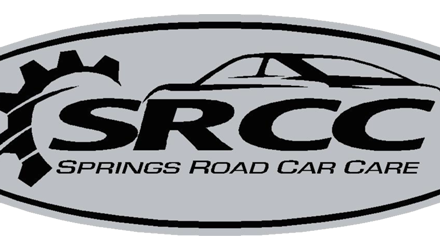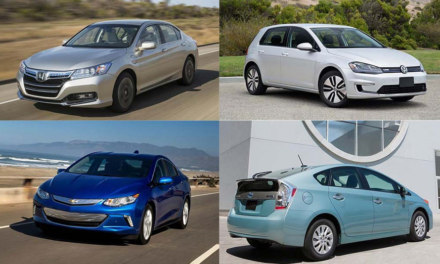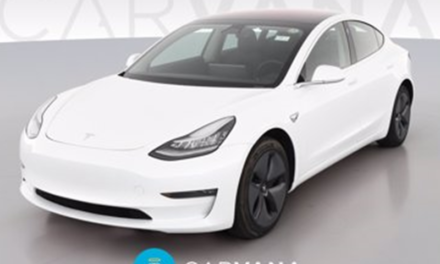Autonomous capabilities of commercial vehicles are expected to grow rapidly over the next few years, and the use of automotive sensors is expected to increase in tandem with these advances. As the level of awareness and regulations regarding vehicle safety rise, vehicles will need features such as cruise control, lane-keep assist, and blind-spot monitoring. High-precision sensors such as radar and ultrasonic sensors are also expected to increase as more drivers look for these advanced safety features.
The market for automotive sensors is segmented by application, including powertrain, chassis, exhaust, body electronics, telematics, and safety control. Safety control will be the fastest-growing segment during the forecast period, thanks to improved adoption of features such as rollover detection. The automotive sensors market is divided geographically into North America, Europe, and Asia Pacific. This regional breakdown is based on several factors such as the number of vehicles on the road, the number of drivers, and the availability of high-quality sensors in the market.
A spark knock sensor is a critical part of an automobile’s engine. It helps smooth fuel combustion and prevents unexpected detonation. Unexpected ignition can damage engine parts, such as head gaskets, rings, and rod bearings. Ultimately, the use of automotive sensors can prevent the engine from suffering from any of these problems. So, it is essential to understand what automotive sensors do. And remember that each one has an important role.
Another example of a sensor is the fuel tank pressure sensor. This component is integrated into the gas tank assembly. It works in conjunction with an evaporative emission control system to prevent fuel vapors from escaping. As soon as the fuel tank leaks, the sensor picks up the signal and relays it to the main processing unit of the car’s engine. When a leak occurs, the engine’s check engine light turns on.
In early cars, car sensors only sent information to an analogue processor that made decisions based on simple algorithms. Because analogue systems were limited, they could only process certain predefined values, and any errors or unexpected problems would cause the system to crash. Automotive sensors have now made drivers’ lives much easier by automating the various functions of a car. Using a GPS, for instance, can give a route based on the current location. Some systems even display discounts based on where you park your car.







RECENT COMMENTS